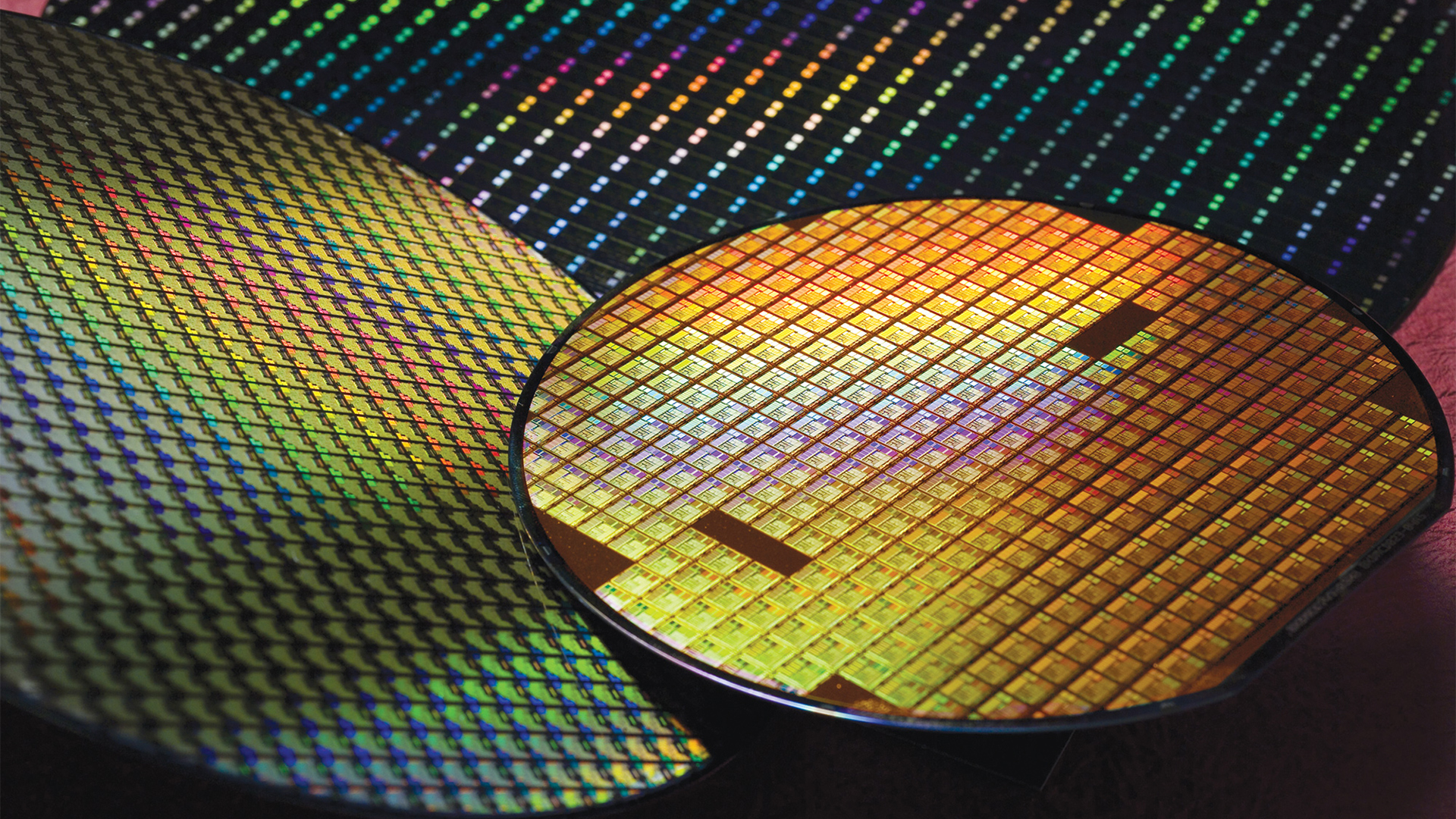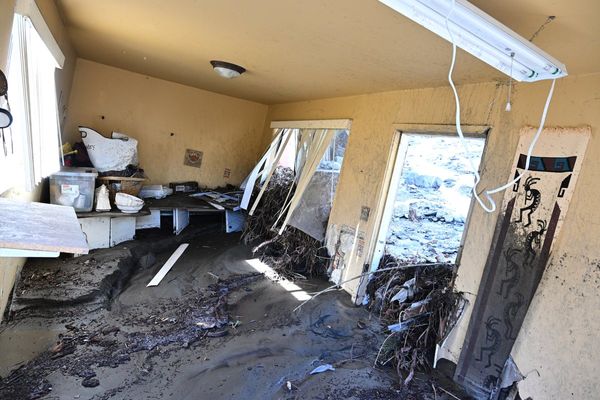
Government funding of semiconductor projects always causes debates as microelectronics fabs require tens of billions in upfront investments and do not promise profitability after they come online. Rapidus — which needs some $32 billion for its first 2nm-capable fab — is not an exception as opposition lawmakers to the current government debate over funding source and accountability due to the country allocating money from its COVID funds to the chipmaker, reports Nikkei.
In November, the government announced a seven-year plan worth at least $63.6 billion (¥10 trillion) to boost Japan's semiconductor and AI sectors. Of the ~$8.2 billion (¥1.3 trillion) allocated for the first phase, a portion has been directed to Rapidus. Opposition lawmakers revealed that nearly $6.2 billion (¥987 billion) of the allocation came from unspent pandemic relief funds meant for small and medium-sized businesses. Critics argue that repurposing leftover COVID-19 relief funds to help massive companies lacks transparency, which could lead to wasteful spending.
Rapidus has secured $46.45 million (¥7.3 billion) in private investments and up to $5.855 billion (¥920 billion) in government aid so far. However, an estimated $25.452 billion (¥4 trillion) in additional funding will be required to launch mass production in 2027. The government plans to provide this support through a mix of investments and loan guarantees while carefully managing the balance between public and private contributions. However, it faces significant criticism from the opposition.
Prime Minister Shigeru Ishiba defended the reallocation, stating that the funds were returned to the treasury before being redirected, so no misappropriation took place, and the process complied with legal and fiscal protocols. However, critics argue that the original source of the COVID funds was deficit-covering bonds. These bonds add to the long-term debt burden without a clear, direct plan to repay them, given Rapidus's unclear future.
On the other hand, how else could the strategic project, which aims to bring the production of chips on leading-edge nodes back to Japan, be funded? This is especially true given that the remaining balance in Japan's relief reserves has surged to $114.42 billion (¥18 trillion) as of fiscal 2023, compared to $12.71 billion (¥2 trillion) before the pandemic in 2019. The government has promised to implement periodic third-party evaluations to ensure accountability and efficiency in the Rapidus project.
Interestingly, even officials from the Ministry of Economy, Trade, and Industry stressed the need for caution in government involvement to avoid discouraging potential overseas customers for Rapidus, noting that government funding may not inspire confidence in the company's financial stability.







